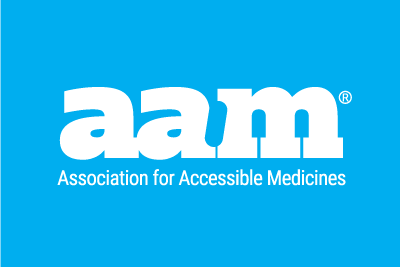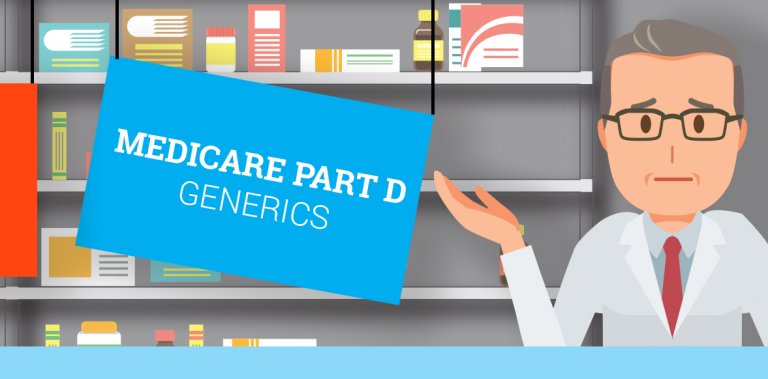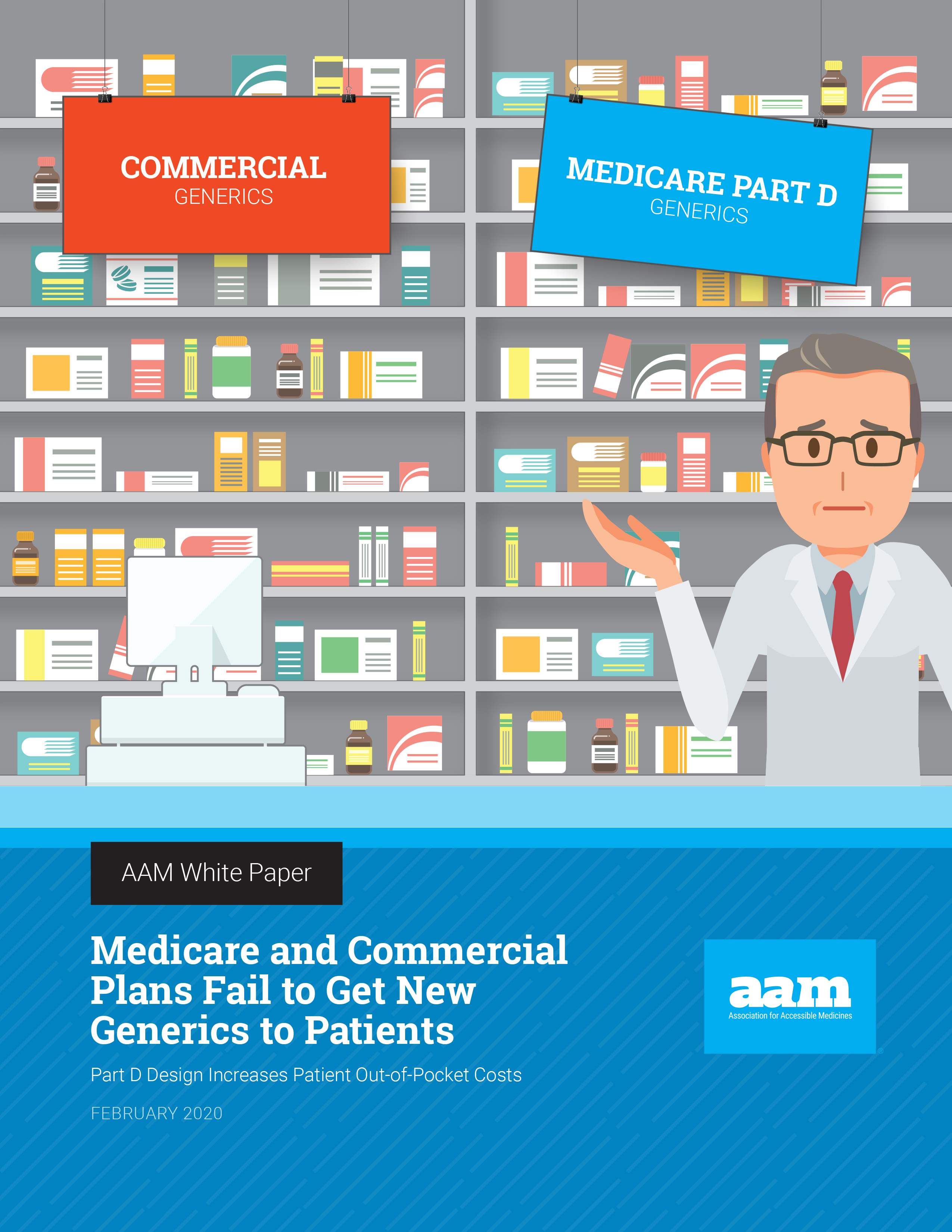Part D Design Increases Patient Out-of-Pocket Costs
Although public polling continues to find high drug costs are a major concern for voters, health plans in the Medicare program and the commercial market are delaying patient access to new lower-priced generic competitors.1
New generic competitors to high-priced brand drugs are particularly important for patients. First generics – safe and effective medicines approved by the U.S. Food and Drug Administration (FDA) as the first competitor to a brand – benefit patients by introducing competition and lower prices. But although the FDA prioritizes the review and approval of first generics and has been approving generic drug applications at a record-setting pace, these lower-cost options are often unavailable to patients.
Association for Accessible Medicines (AAM) data released in September 2019 found first generics face significant delays in Medicare Part D formulary coverage and are routinely placed on expensive brand drug tiers with higher patient cost-sharing.2 Specific policy features of the Medicare Part D program contribute to this failure. These include the design of the Part D Coverage Gap Discount Program (CGDP), the availability of brand drug rebates on high-priced brand drugs and the lack of a specialty tier for generic and biosimilar medicines.
New data reveal commercial health insurance plans are also slow to achieving full coverage of new generics – taking almost two years for new generics to be covered on more than half of commercial drug formularies.
Federal policymakers should update Medicare Part D to ensure first generics are covered at launch with lower cost-sharing, including through a dedicated tier for specialty generic and biosimilar medicines. These changes could save taxpayers more than $7 billion over 10 years and reduce premiums for seniors by more than $2.5 billion over 10 years, while also lowering their out-of-pocket costs.3
State lawmakers can also take steps to guarantee that patients obtain the savings of generic medicines by ensuring that state-regulated health plans prioritize coverage of lower-cost generics. Taken together, these policies would restore the competitive balance between high-priced monopoly brand drugs and generic competition.
Sick of paying outrageous prices for your prescription medicines? Send a message to your lawmakers to tell them, “This Doesn’t Add Up.”
1. Politico. Harvard T.H. Chan School of Public Health. (January 2019). “Americans’ Health and Education Priorities for the New Congress in 2019.” Link.
2. AAM. (September 2019). “Access Denied: Why New Generics Are Not Reaching America’s Seniors.” Link.
3. Association for Accessible Medicines (AAM) estimate of budget effects of requiring first generic products to be placed on generic tiers from 2020 to 2029.





